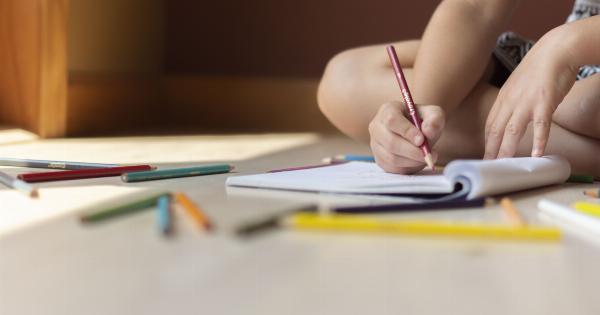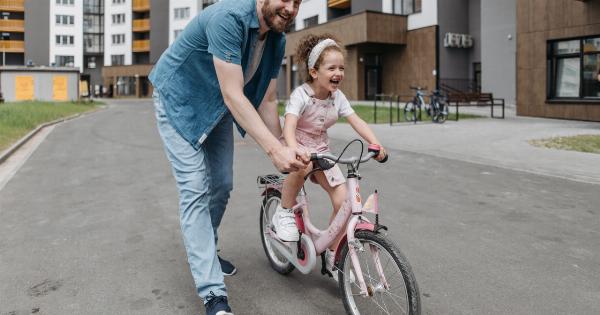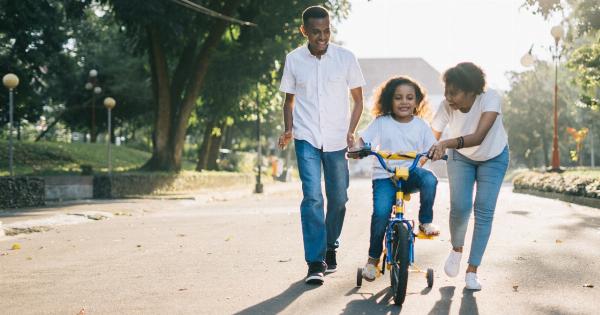Returning to the classroom after a long break can be filled with mixed emotions. The excitement of reuniting with friends and teachers, and the anticipation of learning new things, often arises.
However, it is also a time when students and educators have the opportunity to make a real difference in their communities and beyond. In this article, we delve into the ways in which going back to school can foster positive change.
1. Empowering Students Through Education
Education is a powerful tool that empowers individuals to think critically, challenge social norms, and create positive change. When students step foot into the classroom, they embark on a journey of self-discovery and knowledge acquisition.
Teachers play a pivotal role in nurturing their students’ talents, interests, and aspirations, helping them recognize their potential to make a difference in the world.
2. Fostering a Sense of Community
The classroom serves as a microcosm of the larger community. It is within these four walls that students from different backgrounds come together, creating a diverse and vibrant environment.
Through various classroom activities and projects, students learn to appreciate different perspectives, recognize social inequalities, and develop empathy towards others. Collaborative efforts within the classroom can extend beyond school walls, inspiring students to make a positive impact on their communities.
3. Encouraging Social Responsibility
Education is not solely about academic achievements; it also equips students with the necessary tools to address social, economic, and environmental issues.
By integrating social responsibility into the curriculum, educators encourage students to consider the impact of their actions on others and the world around them. This fosters a sense of accountability and motivates them to become proactive agents of change.
4. Instilling Values of Equity and Inclusion
Inclusive classrooms mirror the diversity of the broader society. Educators play a vital role in promoting equity, ensuring that every student feels valued and respected.
By creating an inclusive environment, schools prepare students to embrace diversity, challenge discrimination, and promote equality in all aspects of life. These values shape students into compassionate and empathetic individuals who strive to make a difference in the lives of others.
5. Cultivating Critical Thinking and Problem-Solving Skills
Back in the classroom, students are presented with various academic challenges that stimulate their critical thinking and problem-solving skills.
Whether it’s analyzing complex texts, conducting scientific experiments, or solving mathematical equations, these activities encourage students to think outside the box and develop innovative solutions. These problem-solving skills empower students to tackle real-world issues head-on, making a tangible difference in society.
6. Promoting Environmental Sustainability
The impact of human activities on the environment has become an urgent global concern. Returning to the classroom provides an excellent platform to educate students about sustainability and its importance.
By incorporating lessons on environmental conservation and encouraging eco-friendly practices, educators empower students to become eco-conscious ambassadors in their communities. This knowledge equips students to make informed choices that positively impact the environment.
7. Engaging in Service-Learning Projects
Service-learning projects involve students in community service and hands-on learning experiences. These initiatives not only address local needs but also instill a sense of civic responsibility and empathy in students.
Engaging in service-learning projects allows students to develop a deeper understanding of social issues and motivates them to take action. Back in the classroom, students reflect on their experiences, discuss their findings, and explore ways to create lasting change.
8. Collaborative Partnerships for Change
Schools are not isolated entities; they are an integral part of the community. By forging partnerships with local organizations, businesses, and individuals, schools can create powerful networks capable of driving change.
Collaborative efforts can range from organizing fundraising events to collecting donations for disadvantaged communities. These partnerships offer students the opportunity to witness the impact of their collective efforts, fostering a lifelong commitment to creating positive change.
9. Inspiring Leadership and Advocacy
Classrooms are breeding grounds for future leaders and advocates. Educators play a vital role in nurturing students’ leadership qualities, encouraging them to embrace responsibility and positively influence their communities.
Students are provided with platforms to voice their opinions, mobilize their peers, and engage in advocacy work. Through mentorship and guidance, educators empower students to become change-makers, ensuring a brighter future for all.
10. The Ripple Effect
When students and educators work together to make a difference, the impact often extends far beyond the classroom. By inspiring others through their actions, these change-makers create a ripple effect that inspires positive change in society.
The knowledge, skills, and values gained in the classroom shape the next generation of leaders, activists, and compassionate citizens.






























